Five Days At The Russian Cosmodrome Baikonur For A Manned Space Launch Day Two. The morning was grey. I tapped on my phone and called a car using my Yandex app (Russia’s answer to Uber). It was only 1400 Tenge (under $5) for the thirty minute ride to the airport, quite reasonable. A creaky car pulled up to the Sultan Palace Hotel and I slipped into the back. The driver turned the corner and stopped the car. In Russian, he demanded that I pay him 3000 Tenge. I swore at him, grabbed my bag, and waved down the next passing taxi. Still swearing as I got into the backseat of the taxi, I was able to communicate in Russian that my previous ride was a thief (one of the few words I know in Russian). He smiled with a gold tooth, sparkling and shared with me that he was a good man.
To read about the first day, click here. This is a multi-part series.
Disclaimer: I traveled with Vegitel and received a discount on my trip. Read about Vegitel/Star City Tours here.
I was dropped off at the Kyzylorda Airport which was only the size of a mid-sized city bus station. And yes, my taxi driver was a good man, he stuck to the 2000 Tenge price. I was now waiting for my tour guide and other members of the group to arrive from Moscow via Astana.
I noted a bus with a sign for Baikonur. I said hello to the driver and confirmed this was a tour bus to Baikonur. I slid my bag under the bus, and then I met a burly and smiling Russian. After five minutes of broken English and Russian, I realized I was on the wrong bus. With a fist bump and a pat on the back, I ambled back to the airport to look for my tour guide.
The flight from Astana rolled in, and the passengers packed into the condensed lobby. I spied my guide, Ksenia, holding a Vegitel sign. I had been communicating with her via email for the last two months. Baikonur Cosmodrome is a closed area. To visit, you need to receive permission from the Roscosmos State Corporation for Space Activities, a Russian agency responsible for the space base. In fact, when entering Baikonur, there is a checkpoint where you need to present your passport.
Receiving permission is quite straight forward. I filled out a brief application and a scan of my passport 30 days prior to my trip and emailed it to Vegitel. There are a handful of companies that organize tours to Baikonur. I reached out to several providers but settled on Vegitel. Ksenia was efficient and timely while responding to my questions via email. Also, a friend of mine traveled with Vegitel the previous year and had a positive experience.
A group of 18 gathered on the bus to Baikonur. It was a mixed group, half Russians and half Americans/Europeans. As you can imagine, it was a motley group of unique personalities. This was not your typical tourist trip to Paris or Disney. This was a group of space geeks and Soviet fan boys. I was glad we had a full sized bus, there was plenty of room to spread out.
After three hours of traveling through barren steppes, we arrived at the check point next to a newer mosque with a golden dome. A brief passport check took place, and we were joined by a representative from TsENKI a short way of saying CENTER FOR OPERATION OF SPACE GROUND BASED INFRASTRUCTURE.
Baikonur is comprised of two distinct areas which is leased by the Russians from Kazakhstan, the Cosmodrome and the town of Baikonur. Baikonur was a town built to house the workers for the Cosmodrome. The Cosmodrome is the Russian spaceport which support all space launches.
Baikonur was built in the 1950s to support the Soviet Union’s ICBM program and soon after, the newly created spaceport as the Soviet Union and the Americans raced to space. The name Baikonur was used to deceive the West. For in fact, there was a town called Baikonur in Kazakhstan, but it was located some 350 km away. A fake spaceport comprised of a plywood mock launch site to deceive eavesdropping spy planes was constructed in the “real” Baikonur. The town of Baikonur adjacent to the Cosmodrome was not named Baikonur until 1995. Previously, it had been known as Leninsk.
The bus rolled into Baikonur, the town, and I felt I was in a small Soviet town from yesteryears. I noted many Soviet monuments and Soviet-like apartment blocks that I have seen countless times in Russia and many ex-Soviet Republics. Thirty-five thousand people make their home in Baikonur.
Guests of Vegitel had two hotel options when staying in Baikonur. Hotel Sputnik is the newer, “European” hotel. It is more comfortable and has Wi-Fi. But it is on the outskirts of town, and a bit isolated with nothing nearby. The other option is Hotel Tsentralynaya, which is straight out of Soviet central casting. The rooms are small and the bathrooms tiny, but it is neat and comfortable enough. The hotel sits directly in Lenin Square and is adjacent to the Arbat (walking street). This hotel is very convenient whether you need to grab food, go shopping, or use the Wi-Fi at the nearby café. This hotel is also cheaper than Hotel Sputnik and includes an uninspiring breakfast. Hotel Tsentralynaya has my vote.

Hotel Tsentralynaya on Lenin Square
Within moments, I threw my bags in the room, and began my self-guided walking tour of Baikonur. I was too excited to simply sit in my room.

My room
A light mist mixed with grey skies as I took in Lenin Square. A vast open square with Hotel Tsentralynaya on one side. A large Lenin statue stood at one end, with his hand reaching up to the sky. Far, opposite the Lenin statue was the beginning of the Arbat, known as Korolev Prospekt. I noted landmarks and signs of the Russian space program, both old and new. Small billboards and older murals adorned the Arbat. Restaurants had pictures of space scenes on their windows.

Lenin welcoming all to his square

The Arbat

Space is everywhere
Using Google Map, I was able to note the larger monuments in Baikonur the town and continued my impromptu tour. At the end of the Arbat, there was a bust of Segei Korolev. Korolev is considered the father of Soviet rocket engineering. He was involved in launching Sputnik, the first dog in space, and the first man, Yuri Gagarin. Officially, he was known only as the Chief Designer, and his name was not used until after his death.

The Desinger
Next up is a large rocket placed in front of several apartment blocks. It is the most used rocket in the world with over 1700 flights since it premiered in 1966. This is the Soyuz rocket.
Next on my walk, is a statue of Yuri Gagarin. A young Gagarin stands, his arms stretched out reaching to the heavens. Gagarin was the first man to reach outer space as he orbited the earth. He came home a hero, a veritable rock star, who toured the world as a celebrity. Gagarin traces his roots to a more modest situation, as he was the son of farm workers on a collective. Gagarin tragically passed away in a tragic training flight.
As I admired Gagarin in the drizzle, I noted a group of men nearby huddled around a park bench, laughing and speaking loudly. As I left the Gagarin monument, I noted in the corner of my eye, two of the men started to follow me. The two men caught up with me in a moment, and I was invited to a park bench birthday party, which of course included alcohol. Twenty minutes later, I departed and continued my tour.

I forgot to bring a cake
Crossing Mira Park I stood next to the ICBM SS-17 Monument, a hulking monument close to the train tracks and a utility. This was the Soviet’s first multiple reentry ICBM.
Making my way back to Lenin Square and my hotel, I passed a monument depicting the solar system. And close by was a colorful mosaic.
I met my group back at the hotel to prepare for our visit to the Cosmonaut School. It was a bit confusing, but this was apparently a magnet school of some sort for students who have an interest in space travel. (I was initially expecting to see cosmonauts training for their next space mission.)
There were many references to space travel throughout the school, including two mini-museums displaying space paraphernalia.


We also spent time in a classroom where the kids constructed rockets which were entered in international competitions.
During our visit, we were bombarded with tedious Russian martial music. Our visit coincided with Russian presidential elections and this school happened to be a voting center. The music and balloons placed around the school were to create some enthusiasm. (Spoiler alert, Putin won).
It was then back to the hotel, and down the Arbat to have dinner and check the internet. My new home away from home, was the Zvezdnoye Nebo restaurant with mediocre internet, decent food and good prices. Try the chicken vegetable dinner.
Prior to entering Baikonur, I had acquired a Kazakhstan SIM card. This worked periodically during my visit, but many times provided no signal. It was possible to get a SIM card which would provide you with access in the town. There is a mobile phone store at the corner of the Arbat and Abay Avenue.
And, finally off to bed, I had an early start the next morning. Five Days At The Russian Cosmodrome Baikonur For A Manned Space Launch Day Two.
Five Days At The Russian Cosmodrome Baikonur For A Manned Space Launch Day Two
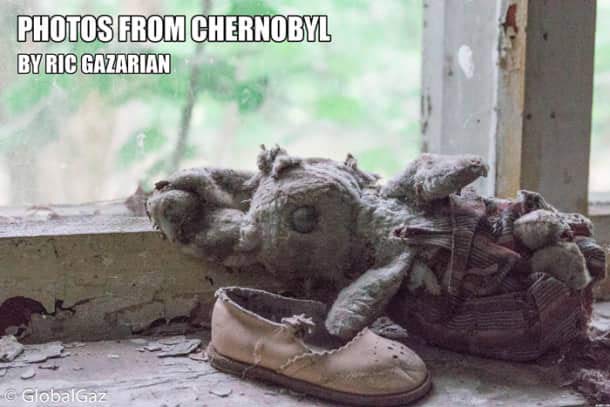
Photos From Chernobyl
Sign up to receive your free copy of Photos From Chernobyl. Over 100 photos from the Chernobyl Exclusion Zone.





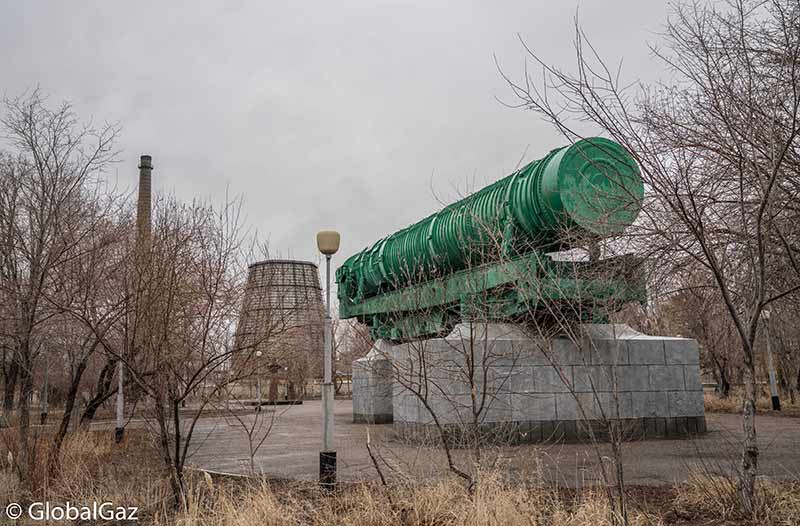








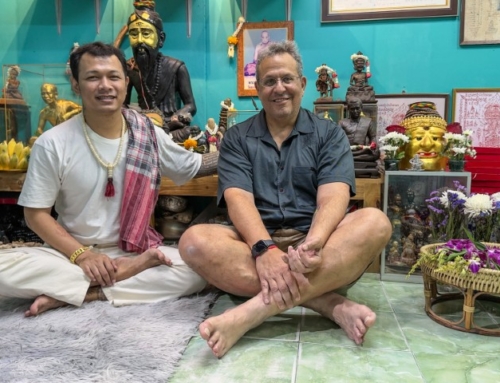
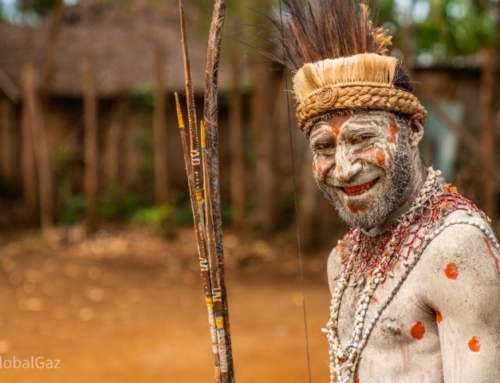
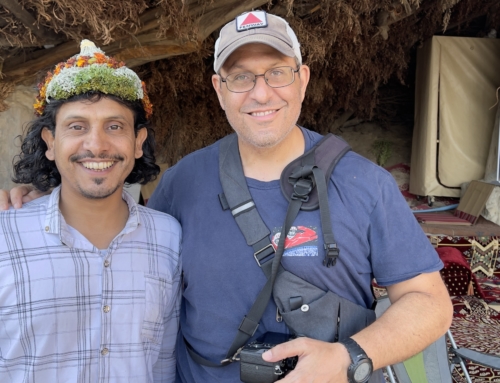
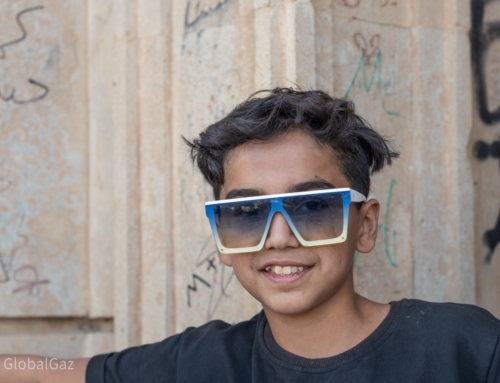

I was going to wait to write and express how utterly jealous I am until after the final part of your blog but I couldn’t :-). I would be happy with just visiting the city! I look forward to the next parts of the story.
Well, I hope you add Bairkonur to your bucket list and next time you are back in the Stans …
These kids are really lucky to have a Cosmonaut School to help shape their future careers. Some of the classroom photos you took remind me of my elementary school days when my Grade 5 Science teacher taught us about space travel for a few weeks. At the end of the unit study, we each had to pair up with another classmate to construct our own model rockets to see who could launch an egg the highest into the air and then have it land safely on a target in the backfield of our school. Would have been cool if you got to see some of these students do the same thing during your visit!
Very cool…how did your rocket perform? Did the egg land safely? The school was empty when we visited. Would have been cool to interact with the kids.
This was around 1990, so I honestly can’t remember how my partner and I did other than our rocket launched about half the height expected and the parachute only partially deployed. I believe our egg did survive the landing, though.
But I do remember one team in our class easily won for having the highest rocket launch. It went so high that when the parachute deployed upon descent that it floated well above our school’s back field across the street and into the local automotive retailer’s parking lot across the street. I’d say that was a total distance of just under half a mile.
We were all amazed and my Science teacher was just happy that no cars were damaged in the process. 🙂
half mile in school, sounds pretty good. kudos!
[…] Click here for Day Two […]